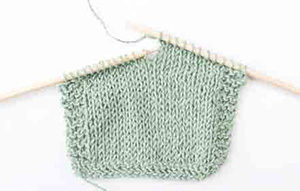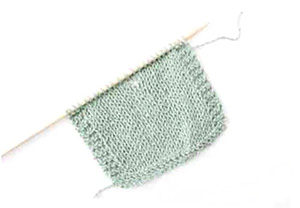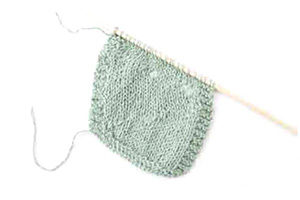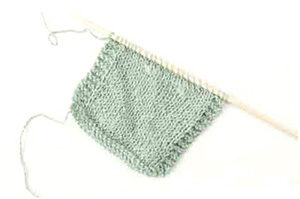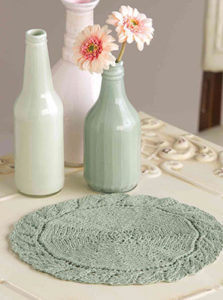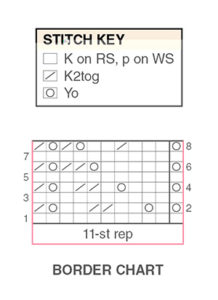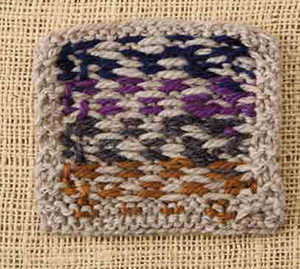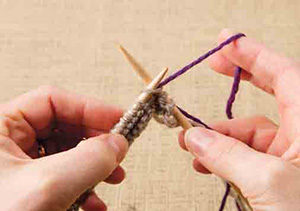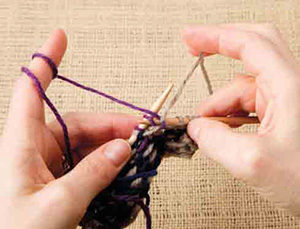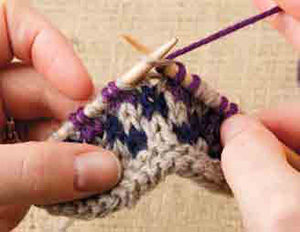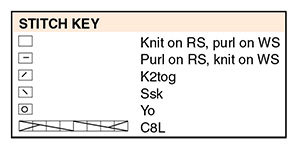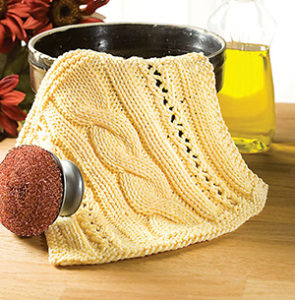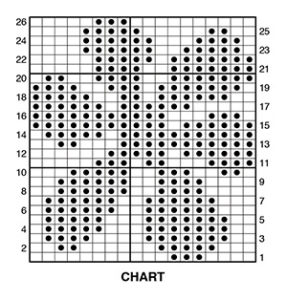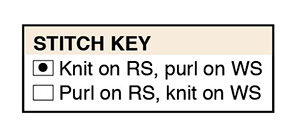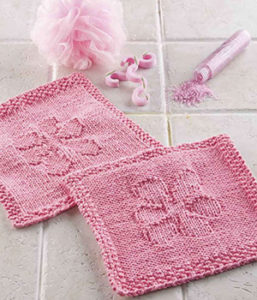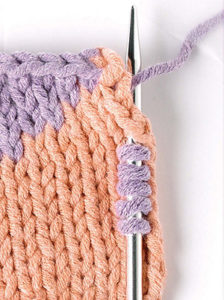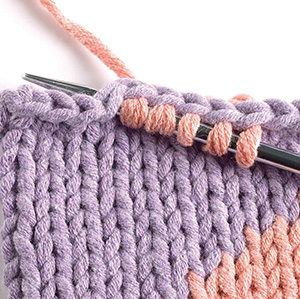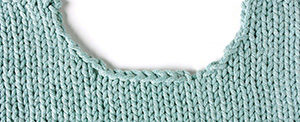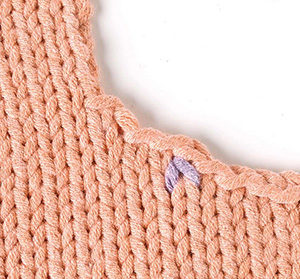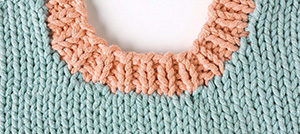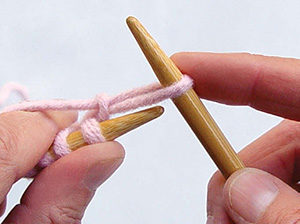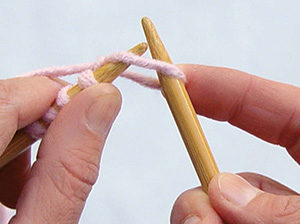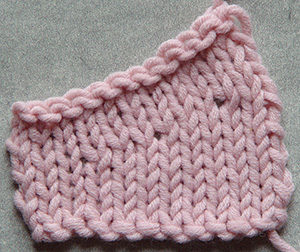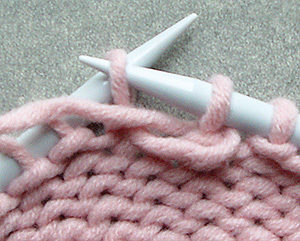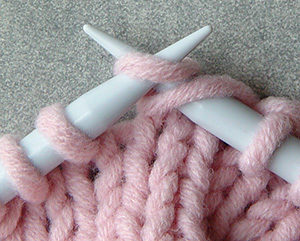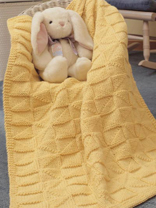Working these short rows leaves stitches unwrapped to create an unexpected design element.
No, we’re not talking about divine short rows, although it may seem as if the shaping opportunities they provide are divine. This usually brings to mind the different ways of concealing the holes that form when knitting a short row. However, there are times when you may want to leave the holes as a design feature.
Working one short row results in an area of your knitted fabric that is two rows longer than the surrounding fabric as illustrated in Photo 1.
When this gap is not concealed on the next full row, you will have a hole in your knitting. And this hole looks much like an eyelet (see Photo 2).
What does this mean in terms of a design element? It means that you have options when you want to combine shaping with decorative elements. For instance, the Heirloom Table Mat project uses this technique to define each wedge of the circle. Instead of concealing the holes, we use them to separate and define the circle. It ties together the stockinette stitch circle with the leaf border, mimicking the yarn-over separations between each leaf.
We could also use holey short rows to define the wedges of a rectangular scarf. Instead of straight rows of eyelets, we add interest and movement by working them and by not concealing the holes (see Photo 3).
If you wanted to bring attention to bust darts in a sweater you could do that with holey short rows. You could also use them to work into a lace pattern.
Working a holey short row is nearly the same as working a “concealed” short row. The difference is that you do not wrap the stitch at the turning point, nor do you pick up any stitches to conceal the hole when working the next complete row. The appearance of the hole created by not concealing it can be controlled by either slipping the first stitch of the return row or working the first stitch of the return row. If the first stitch is slipped, the hole will be an enlarged stitch. If it is worked, the hole will appear between stitches (see Photo 4).
For the Heirloom Table Mat, the first stitch of the return row is slipped, which fits well with the yarn overs of the border pattern.
So, when you are considering using short rows to add length to an area of your knitting, consider whether you want to conceal the holes or highlight them. And now that you know about the decorative uses, don’t be afraid to swatch and experiment.






